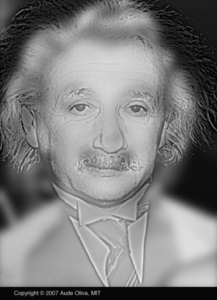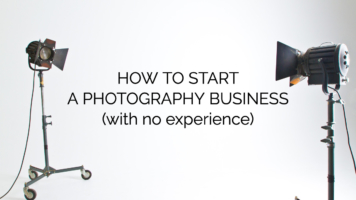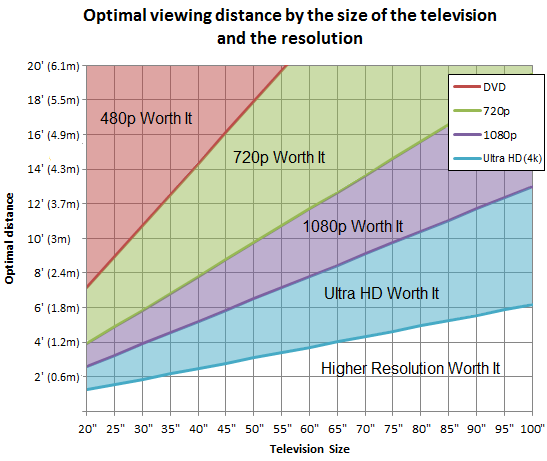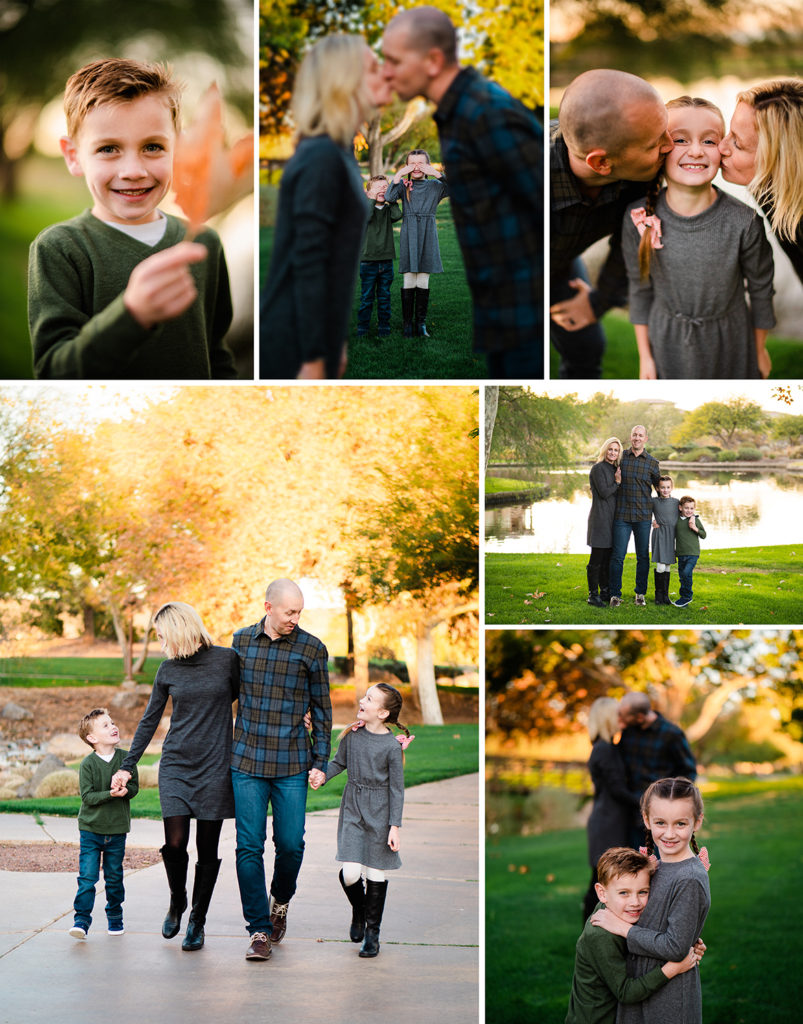One recurring theme in photography circles is that because of the smaller sensor, it can’t quite produce the quality a full frame sensor can. And that might be true at the pixel level. But we’re not looking at pixels, we’re looking at pictures. And that’s an important distinction I’d like to go over before we move on to comparisons.
1. Resolution and Megapixels – A standard 1080p HDTV or monitor has a resolution of 1920×1080, or about 3.1 megapixels. Even if you had one of the best 4k displays, that’s about 8 megapixels. That means whether your camera can produce 10mp, or 50mp photos, they’re going to look the same on your display.
And when you upload photos to the web, they’re often resized for optimal page speed. Photos viewed large on Facebook have a width of 960px, on Instagram they just upgraded to 1080×1080, or about 1.2MPs. Now Facebook is notorious for affecting image quality but it’s not a resolution issue, it’s a compression issue because they’re trying to shrink the file size down from multiple megabytes down to a few hundred kilobytes.
2. Visual acuity has its limitations – If you have a 50″ 4k TV and you’re standing 10ft away, you’re not going to notice a difference:
This is because our eyes view things in different frequencies. One popular example of this is the, “Marilyn Einstein” photo by Dr. Aude Oliva from MIT:

Marilyn Einstein by Dr. Aude Olivia of MIT
You see Albert Einstein, right? If you don’t you need to get your eyes checked, as this image can be used to assess your vision. Nonetheless, now walkaway from your computer, at about 10ft you should start to see Marilyn Monroe.
On the high frequency, you see all the details that makeup Albert Einstein, such as wrinkles, facial hair, etc. But as distance increases, our eyes can’t pick up those details.
Thus, circling back to my point on pixel peeping, there are details (pixels) in a photo that you won’t notice unless you’re zoomed in 200% on Photoshop.
Don’t get me wrong, there are other advantages of having a larger sensor, all things equal you should have higher ISO capabilities, dynamic range, color, etc… but then why do most pros argue that 35mm reigns king? Why not medium format when the smallest medium format sensor is at least 3x bigger than full frame? Why stop there, there are large format cameras out there. It’s easy on paper to talk about why one sensor is better than another, but instead of talking about it, let’s look examples. Let’s start with a bang and go a step higher and by comparing Micro Four Thirds to a $30,000+ setup.
Micro Four Thirds vs Medium Format
There’s always a better camera. Unless you’re shooting with a $55,000+ Hasselblad or a $30,000+ Leica S2, there’s always a better camera. So it’s always seemed a little silly to me when people argue which camera is better, especially when the differences are almost negligible for similarly priced cameras. Heck, you can compare the $30,000+ Leica S2 vs a $2000 µ43 setup right here. Is there a $30,000 difference? You tell me. And it’s also worth noting that the EM1+Nocticron lens was shooting wide open, but it would be much sharper stopped down to F2-F4.
Though he admits it’s not the most scientific test because he wasn’t matching equivalence or camera settings, I personally prefer tests that use a live subject vs the “ruler photographers” who photograph boring charts and rulers in a studio.
If you want to see and feel for the differences yourself, the photographer included raw files for both cameras available for download.
Important Note: Now before we continue to proceed, I want to note that I own both full frame and micro four thirds cameras, I have for years. This post isn’t to dissuade you from one format or another, both have their advantages.
Mirrorless Camera Showdown: Micro Four Thirds vs APS-C vs Full Frame
In this showdown, Steve Huff pits some of the best mirrorless cameras against each other in a sensor showdown. Like the last test, Huff does the right thing and attempts to match equivalence for most photos. He tests a multitude of different aspects and scenarios, including ISO, DR, Portraiture, etc. At the end of the showdown, he had the Olympus OM-D E-M1 winning 6 tests, the Sony A7S came away with 4 and Fuji won one. Huff concludes that, “Anyone who tells you Micro 4/3 cannot hang with larger sensors is 100% incorrect, as I have said for years… At the end of the day these cameras can all do a great job, but it will be your preference as to which one is best for you.”
High Resolution Shootout: Micro Four Thirds vs Full Frame vs Medium Format
The Olympus OM-D EM-5 MkII has a special high-resolution mode that allows for 40mp JPEGS or 64mp RAW files, a blessing to many landscape, architectural or commercial photographers out there. And at ~$1000, it’s a much cheaper alternative to other high megapixel shooters including the Nikon D810 ($2800), Sony A7R ($1900) and Pentax 645z ($7000). But how does it stack up?
Imaging Resource wanted to find that out as they pitted the Olympus OM-D EM-5 II against the full frame Nikon and Sony, and the medium format Pentax. Without reading their conclusion, from my eye the EM5 II beats the Nikon and Sony, but the Pentax 645z walks away the winner. And this is at the pixel level, viewed normal you’d be hard pressed to find differences. It’s also worth noting that the EM5 II was paired with the Olympus 50mm shooting at f8, where it would be sharpest at f4.
Imaging Resource concludes:
The conclusion from our lab testing is that the Olympus E-M5 II’s new high resolution shot mode is truly ground-breaking for applications involving shooting non-moving imagery from a tripod. Landscape photographers, architectural photographers and studio product photographers can rejoice! It’s flat-out amazing to see this kind of performance from such a compact, affordable camera!… [Though the EM5 II] doesn’t produce files with as much detail as some (larger and much more expensive) cameras with lower native resolutions like the Pentax 645Z, it is still truly ground-breaking for applications involving shooting non-moving imagery from a tripod.
Not a bad result, considering the ~$6500-7500 price difference including the lens.
More High Res Comparisons
E-M5II vs Medium Format by Chris Nichols from the Camera Store (YouTube) – Another comparison against the Pentax 645z (starts at 2:40), Chris notes that he was “personally very impressed” and the E-M5II can certainly allow for large prints and heavy cropping with the new high-resolution feature.
E-M5II vs D810 by Tony Northrup (YouTube) – “The E-M5 II is the best still life camera in the world, short of medium format.”
Not bad for a camera released in 2015. Though it’s important to note all reviews are for still life, it won’t work for portraiture though that may be a possibility in the future as Olympus is reportedly working on that for the next iteration.
Update: The EM-1 III now has handheld high resolution mode.
Filmmakers/Videographers: Micro Four Thirds vs Full Frame
The Panasonic GH series has had a passionate following as Panasonic and Sony are starting to take over as the most popular cameras for YouTube. It started with the Panasonic GH2, where filmmakers were able to “hack” the GH2 to maximize bitrate. Filmmaker Shane Carruth did just that in his Sundance Award Winning film, Upstream Color, shot entirely with the Panasonic GH2.
When you’re comparing filmmaking/video cameras under $2000, it seems any camera is considered is compared to the GH4 or GH5, or at least that’s the conclusion popular photographer, Zach Arias, arrived to (and I would agree).
Now, full frame cameras clearly have better ISO performance, we’ve seen that time and time again. But what happens when you use equivalents? How about a Speedbooster? Now, correct me if I’m wrong (comment below), but I haven’t examples seen with a Panasonic GH5 at say an f8 equivalent blown away by its competitors.
Where Full Frame Will Always Stand Out
The ability to blur the background is a lot easier on full frame cameras. Sure, you can use a speedbooster on a µ43 camera, or for $500 you can buy a Mitakon Speedmaster 50mm f0.95 for $500 and get the uber shallow depth of field with it (top left and top right):
The other photos were shot with a Panasonic G9 + Leica 42.5mm f1.2 (one of my favorite portrait lenses for Micro Four Thirds), why because the G9 can shoot 60FPS in Raw (20 fps with CAF), perfect for the walking shot on the pictured in the bottom left above.
Bokeh/Background Blur: A Visual Guide for Micro Four Thirds Lenses
A question that still comes up in comments and forums all the time, is can Micro Four Thirds cameras blur the background like full frame?
Now the short answer is yes, you could use a Metabones Speedbooster and replicate the look of any full frame lens. But most people, like myself, I prefer to use native lenses. One of the tools I point people to for an easy comparison is HowMuchBlur.
When I was rookie I thought the faster the aperture, the more background blur… and that’s true, if you’re looking at one lens, on one system. But when you’re comparing several lenses across different formats, there’s much more at play than the aperture number printed on your lens.
If I’m using the Panasonic-Leica 42.5mm f1.2, it has a DoF equivalence of f2.4, thus I can match the look of a Sony Zeiss at 85mm f2.4. And I could make the argument that you don’t need a DoF shallower than f2.4. If I’m shooting with the Leica at f1.2 (or the Mitakon f0.95 for that matter), I have to instruct the subject to be square with me. Because even the slightest angle would mean one eye would be out of focus.
Other Interesting Posts of Note
On this forum thread on DPReview, a user asks if his µ43 camera can compete with the Canon T3i + 50mm f1.8, another budget option. An entry level Canon paired with the $100 50mm f1.8 is a popular pick among budding photographers because both can be had under $500. I’m sure it could go either way, but everyone gave the nod towards an µ43 setup. Though keep in mind this question was asked on the Micro Four Thirds forum. One user linked to a YouTuber who pitted his first µ43 camera against his FF Canon 5D III who liked the results of the Panasonic-Leica 25mm f1.4 vs the Canon 50mm f1.8.
This again circles back to my point that high quality lenses can be made cheaper on µ43 to cover a smaller sensor. Remember, that because the budget Canon lens was designed for full frame sensor, it’s mostly of a plastic build and only has 5 diaphragm blades which can give it hexagonal like bokeh. And here’s the size difference between the EM5 II + 45mm f1.8 (=90mm equiv.) and Canon T6i + 50mm f1.8 (=80mm).
The difference to me, is negligible. The difference to a client, is non-existent.
If you’re booking a lot of weddings at $10,000+ a pop, then it might make sense to drop $20k+ on a few full frame bodies and lenses for you and your crew. You might need that extra 2-stops of light that full frame can provide over µ43. But then again, others have had spectacular results with “less.”
Nonetheless, there’s often one thing that can’t be ignored and that’s side-by-side comparisons that have been replicated time and time again. There’s a notion that full frame is the holy grail, it’s what most professionals use and if you use anything else you’re an amateur. It’s to the point where I can barely tolerate photography forums anymore. The circle jerk around specific cameras and sensors is beyond ridiculous. Pixel peepers who are proud to point out noise in the sky, or a slight tinge of chromatic aberration. Anonymous posters with thousands of posts without a link back to their portfolio for context. Makes you wonder if they actually practice photography, or just like talking about it?
Now keep in mind, I’ve used many different formats and falling in love with one doesn’t necessarily mean breaking up with another. An idea seemingly lost with many photographers. The elitism in photography forums is borderline ridiculous. It’s either Canon or Nikon. Sony, Panasonic, Fuji or Olympus. It’s either you’re with them, or against them. But that’s a false dichotomy. You can love, and own more than one.
Micro Four Thirds is sort of the contrarian pick because of the smaller sensor, but it allows us to have premium lenses that are smaller and cheaper to cover the sensor. And world class In-Body Image Stabilization (IBIS) or for internal 4k (and soon 6k) that doesn’t overheat. If people prefer expression over perfection, Micro Four Thirds could dominate the sensor market if they continue to push the envelope on what’s possible.
Yes, I am a professional photographer in Maui (specializing in headshots and family photos)… but I don’t consider myself good. I even say that on my website and reference one of my favorite quotes, “Don’t be better, be different.” So you don’t have to tell me why I’m a terrible photographer and no one should listen to me, because I already agree with you.
Editor’s Note: I fully understand that there are bias results on the internet and I am certainly not trying to cherry pick results. Most of these examples are done with searches based around, “Micro Four Thirds vs Full Frame,” thus you can Google that same query and see the same results, if you’d like to add to the discussion feel free to chime in below in the comments.




Very Well put, I own both OMDS OM1 and Sony A7R4. Both great cameras.And if comparing pictures I have a job to remember what camera was used! Thanks again for a great read.
Agree with your conclusions, and I do like your quote about being different rather than perfect.
I wonder if the hype about full frame isn’t in a way connected to people striving for an ideal they’ll never reach anyway. particularly considering how few are printing or sharing their photos outside Facebook or Instagram.
I’m a full frame shooter myself, Nikon, but am more and more considering MFT. I’d like to do video as well, but when I look at the pricing of a Z6 or Z6 II, I see that it would cost me as much as a Panasonic GH5 II, which would offer more than what I would need. Even the G9 would be enough for my needs.
Of course I’d need to consider the image quality and all that, but considering that I rarely shoot above ISO 800 anyway, often use multiple exposure for better dynamic range, and so on, I’m not sure that would have an effect. As a matter of fact, I’m more in need of a deeper field of focus, since I’m mostly shoot architecture, and the MFT allows me to do so with lower ISO values. Something FF fanboys don’t talk about.
The IBIS is greater. The gear is smaller, even though FF fanboys tend to make false comparisons between the largest MFT cameras and lenses to the smallest FF ditto. And while the Panasonic G9 with the Olympus 12-40mm f2.8 is as big as my Nikon Z5 with the 24-70mm f4, it doesn’t tell the same story about the Panasonic Gx9 with the 17mm f1.7 vs the Nikon Z5 with the, let’s say, 28mm f2.8. Or if we compare with the Nikon 24-70mm f2.8.
For photography the Nikon Z5 is great, and the lenses are fine, as long as one settles with the smaller ones. But if we’re comparing the top line, the 14-24mm f2.8 S, and 24-70mm and 70-200mm ditto, then it’s a different story.
I’d love to have a small camera I can take with me everywhere, which might not give me perfect image quality, but it will give me images and it will be better than a smartphone camera. MFT seems to be the only really good option for that, particularly if you want both that and a high-end camera for more serious work, and not having have two different systems.
So, yeah, I’m among those who want to be contrarian, considering shifting to a better and more versatile system, rather than being stuck with full frame.
Both are a great option too. If you think about, I’m on Sony so there 16-35mm f2.8 would be $2000. You can get a G9 and Leica 8-18mm for less than that. Plus I like MFT better for video too.
I do still use FF for my professional portraits & headshots work.
I have the Lumix g9. the Lumix 8-18 on it now all the time this is an absolutely fantastic lens . I also have a Olympus 12mm f2 and 17mm f 1.8 that are beautiful lenses and give the best image quality that have ever had in any camera system.